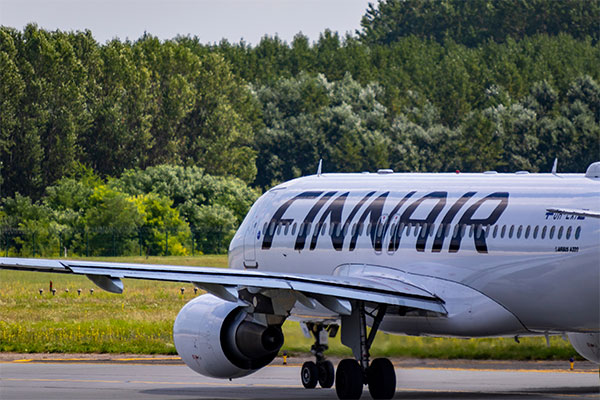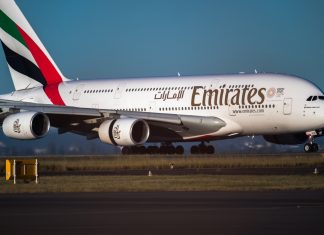Europe’s aviation sector has unveiled its flagship sustainability initiative, Destination 2050 – A Route to Net Zero European Aviation. Driven by a new, independent report, it provides a vision and path for meaningful CO2 emission reduction efforts in Europe and globally.
Building on the Paris Agreement and the European Green Deal, Destination 2050 sees all flights within and departing the EU, UK and EFTA realising net zero CO2 emissions by 2050. The ambitious plan and related commitments laid out by Europe’s airlines, airports, aerospace manufacturers and air navigation service providers show collective leadership of the European aviation sector to reduce CO2 emissions, with the goal of making leisure and business air travel in Europe, and globally, more sustainable in the long-term.
According to the report, there is an opportunity to reach net zero CO2 emissions by 2050 through a combination of four key measures, aligning European aviation with EU climate goals – subject to securing the required supporting policy and financing framework at EU and national level. These four measures include:
- Improvements in aircraft and engine technologies could achieve emission reductions of 37%
- Using sustainable aviation fuels (SAFs) could achieve emission reductions of 34%
- Implementing economic measures could achieve emission reductions of 8%
- Improvements in air traffic management (ATM) and aircraft operations could achieve emission reductions of 6%
The Destination 2050 report further assumes an impact on demand due to the above measures, resulting in the net zero CO2 goal. Nevertheless, European air passenger numbers are projected to grow on average by approximately 1.4% per year between 2018 and 2050 without compromising the sector’s ability to reach net zero CO2 emissions by this point.
Destination 2050 highlights that to make the net zero vision for European aviation by 2050 a reality, while maintaining international competitiveness and aviation’s benefits to society, quick, decisive joint actions by governments and industry will be needed. Industry will need to continue to substantially invest in decarbonisation and innovation and make the necessary operational transitions, while governments will need to ensure a level playing field and facilitate the transition through incentives and by reducing investment risks with consistent and stable policy frameworks.
This is the first pan-European, industry-wide, long-term vision that comes with concrete solutions to the complex challenge of reducing CO2 emissions from commercial flights within and departing the EU, UK and EFTA. The initiative is led by five European aviation associations – ACI EUROPE (Airports Council International), AeroSpace and Defence Industries Association of Europe (ASD Europe), Airlines for Europe (A4E), Civil Air Navigation Services Organisation (CANSO) and European Regions Airline Association (ERA). The report was made possible thanks to the work of the Royal Netherlands Aerospace Centre (NLR) and SEO Amsterdam Economics.


























